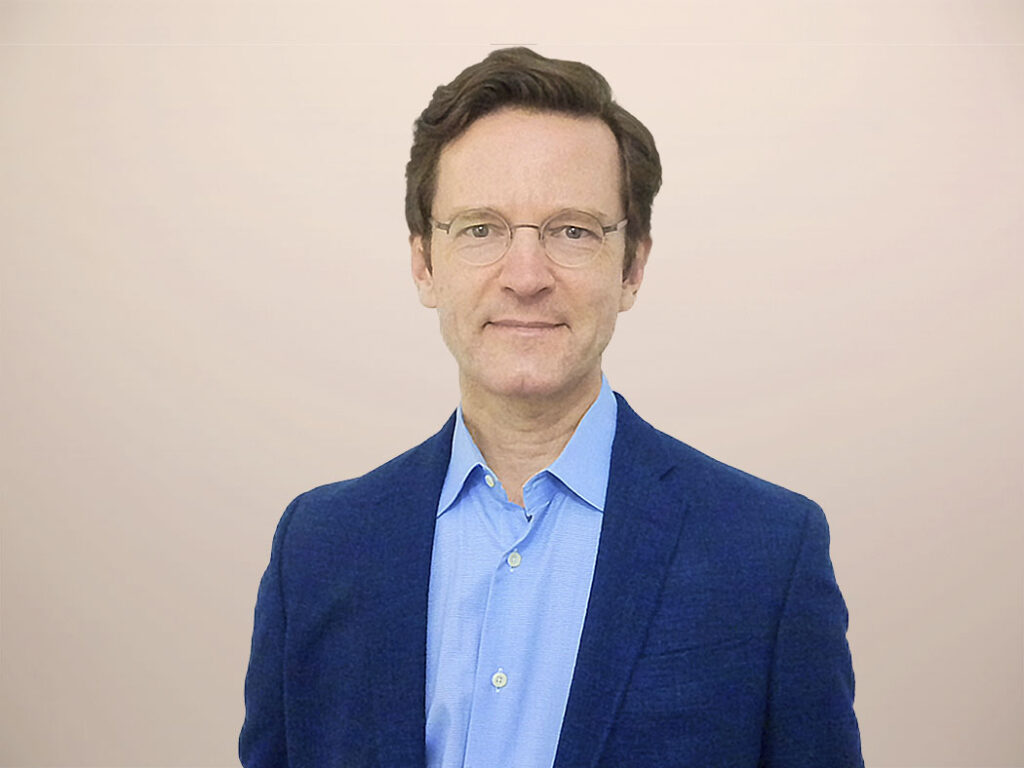People Avoid Chatbots — Here’s How Your Company Can Make Its Bot Better
Chatbots are everywhere, but most people don’t bother using them. That’s right:
- A whopping 71% of companies have invested in offering a chatbot.1
- But only 16% of US online adults use chatbots often to get help.2
- And for almost a year now, ChatGPT’s strengths have been damaging regular chatbots’ reputations even more.
What’s going on? Among our survey respondents, some told us that they just prefer phone or in-person contact. But many get annoyed at chatbots’ shortcomings, most often with bots: 1) not understanding what they need; 2) taking too long to solve problems; 3) being unable to help; or 4) making them start over.
Creating an effective chatbot is hard. To get it right, you need to master conversation design, a new discipline for creating experiences that are based on conversational AI. And you need to know where and when to use new technologies like generative AI (genAI).
If you’d like to learn more, check out my research series on the topic. It went live today and consists of seven reports: four new ones and three updates of already-live reports I refreshed based on new developments in genAI and additional research interviews I conducted:

Here, in a nutshell, are the challenges that each report addresses:
- Foundation: Design Better Chatbots: Although chatbots have a bad reputation, yours can delight — if your organization prioritizes the chatbot’s user experience (UX), not just technology implementation.
- Overview: What You Need For Chatbot Design Success: Getting the user experience right requires two types of design expertise: human-centered design and conversational design.
- Assessment: Steer Your Chatbot Efforts: Once you recognize that UX is crucial for chatbot success, you need to assess your current chatbot efforts so you can steer toward one of four possible approaches.3
- Components: Know What Chatbots Are Made Of: To design chatbots effectively, understand the five types of chatbots and their six core components, as well as when and how to use genAI in the process.
- Actions: Design What Your Chatbot Does: For chatbot success, you need to decide what your chatbot must do for users — and that requires designing a set of intents based on researching users’ needs.
- Personality: Design Who Your Chatbot Is: People will perceive a personality in your chatbot whether you plan it or not. So design the personality — don’t let it be an accident.
- Dialogue: Design How Your Chatbot Interacts With Users: People expect to interact with a chatbot using language in a natural way, so design the dialogue based on expertise in how conversation works.
If you’re a Forrester client and you would like to ask me a question about designing experiences based on conversational AI, you can set up a conversation with me. If your company has expertise to share on these topics, feel free to submit a briefing request. You can also follow or connect with me on LinkedIn if you’d like.
Notes:
1 Forrester’s Priorities Survey, 2023, found that 71% of business and technology professionals familiar with conversational AI indicate that their organization has invested in chatbots.
2 Forrester’s March 2023 Consumer Pulse Survey found that 16% of US online adults said that they use chatbots often to get help from companies.
3 The 2021 and 2023 editions of this report were titled “Evaluate Your Chatbot Efforts.” In 2024, we retitled the report — replacing “Evaluate” with “Steer” because we will soon be publishing a report on conducting UX reviews of chatbots, for which the verb “Evaluate” is a better fit.
Related Forrester Content
- Foundation: Design Better Chatbots
- Overview: What You Need For Chatbot Design Success
- Assessment: Evaluate Your Chatbot Efforts
- Components: Know What Chatbots Are Made Of
- Actions: Design What Your Chatbot Does
- Personality: Design Who Your Chatbot Is
- Dialogue: Design How Your Chatbot Interacts With Users
